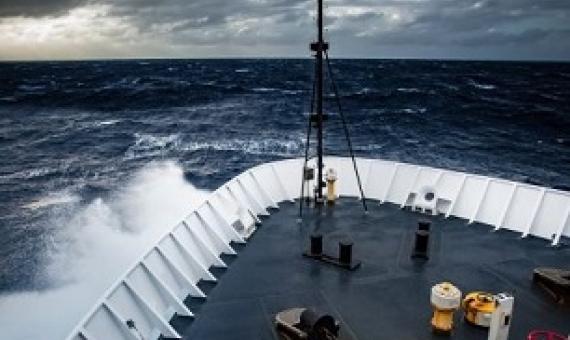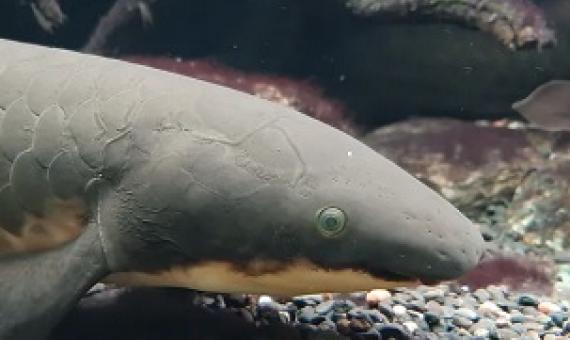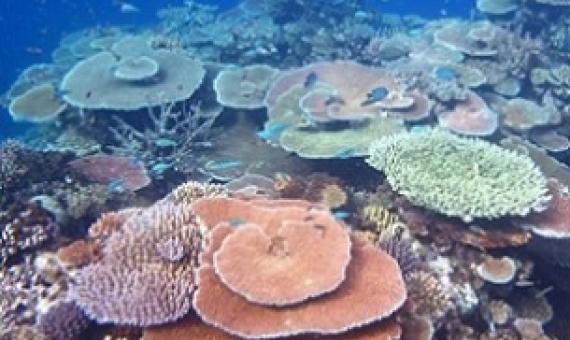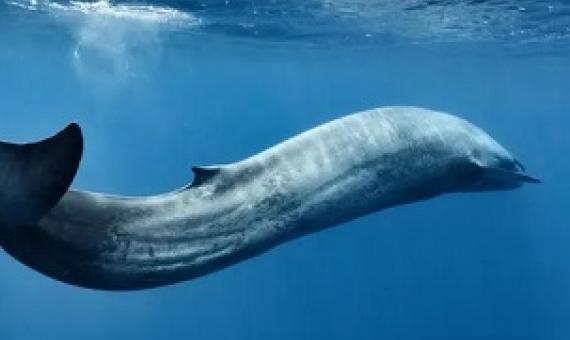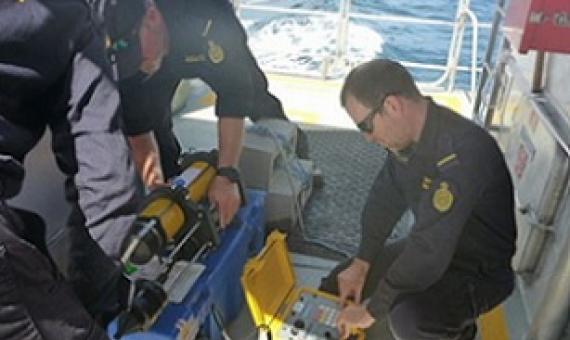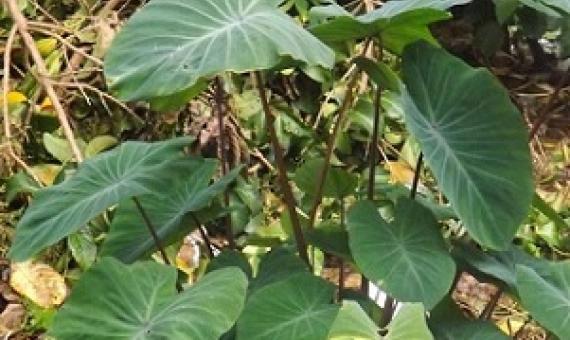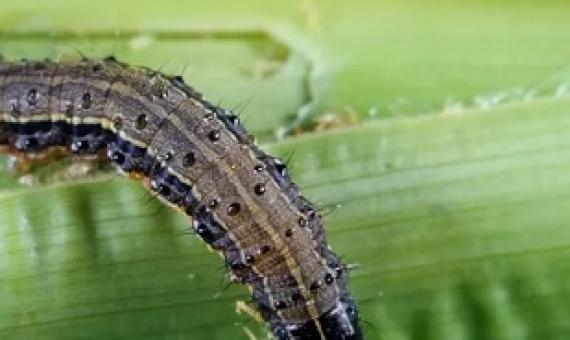NOAA and two of Australia's leading science agencies announced a formal agreement Tuesday to work together to advance Pacific Ocean exploration and mapping, a major priority for NOAA and of the United Nations Decade of Ocean Science for Sustainable Development.
Identifying the age of animals is fundamental to wildlife management. It helps scientists know if a species is at risk of extinction and the rate at which it reproduces, as well as determining what level of fishing is sustainable.
New research has shown that by injecting an alkalinizing agent into the ocean along the length of the Great Barrier Reef, it would be possible, at the present rate of anthropogenic carbon emissions, to offset ten years' worth of ocean acidification.
Plastic bags and flexible packaging are the deadliest plastic items in the ocean, killing wildlife including whales, dolphins, turtles and seabirds around the globe, according to a review of hundreds of scientific articles...The review, by the Australian government’s science agency, CSIRO, f
Australia has deployed a new underwater technology across the Torres Strait aimed at combating illegal foreign fishing, according to the Australian Fisheries Management Authority.
Australian research shows the Covid-19 pandemic could spark a food crisis in the Pacific.
Australia’s biosecurity needs a major overhaul within a decade to protect people, environments and industries from a wave of invasive pests, pathogens and future pandemics, a CSIRO report has found...The report calls for greater cooperation across all levels of society and makes 20 reco
The New Guinea Challenge Development and conservation in societies of great cultural and biological diversity 2003
10 paged document outlining the development and conservation in societies of great cultural and biological diversity in New Guinea of PNG. This was published in 2003

